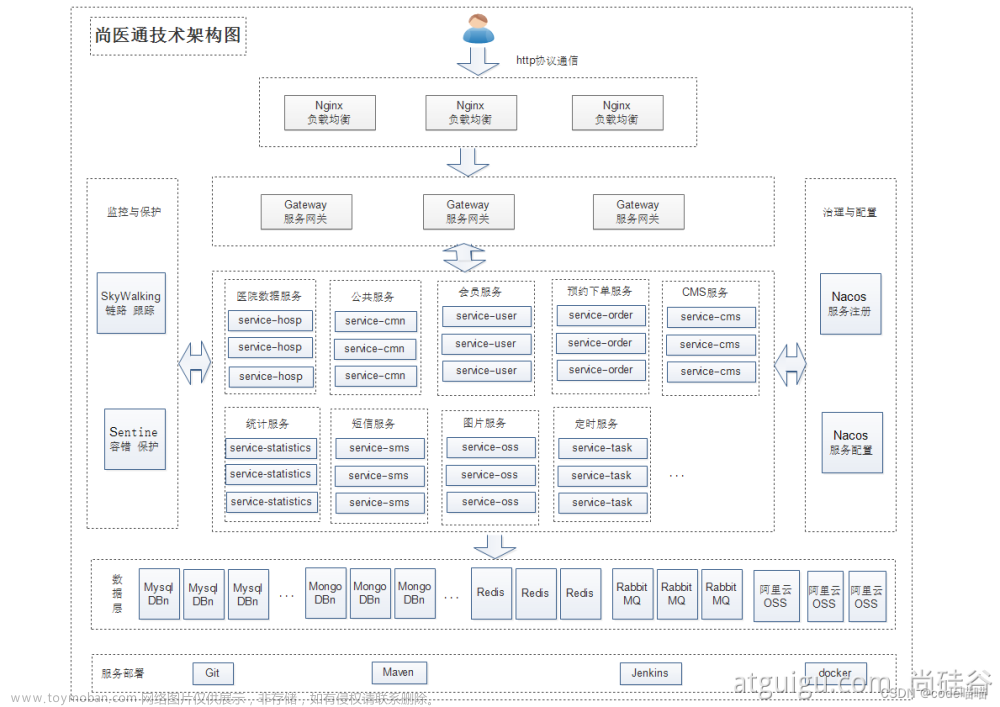| **《KubeSphere 核心实战系列》** |
KubeSphere 核心实战之一(实操篇 1/4)
KubeSphere 核心实战之二(实操篇 2/4)
KubeSphere 核心实战之三(实操篇 3/4)
KubeSphere 核心实战之三(实操篇 4/4)更新中…
| **《KubeSphere 核心实战系列》** |
1、部署ElasticSearch
Elasticsearch 是一个分布式的 RESTful 风格的搜索和数据分析引擎。用来做数据分析和检索的中间件。
它在kubesphere平台上的部署跟mysql和redis又有不同;下面我们来具体分析操作一下:
1.1、es容器启动
# 创建数据目录
mkdir -p /mydata/es-01 && chmod 777 -R /mydata/es-01
# 容器启动
docker run --restart=always -d -p 9200:9200 -p 9300:9300 \
-e "discovery.type=single-node" \
-e ES_JAVA_OPTS="-Xms512m -Xmx512m" \
-v es-config:/usr/share/elasticsearch/config \
-v /mydata/es-01/data:/usr/share/elasticsearch/data \
--name es-01 \
elasticsearch:7.13.4
-e 为环境变量
-v 为数据卷挂载;一个是es产生的数据,另一个是es的配置。
–name:容器名称
1.2、es部署分析

注意: 子路径挂载,配置修改后,k8s不会对其Pod内的相关配置文件进行热更新,需要自己重启Pod
1.3、ElasticSearch的配置集

第一个文件挂载:elasticsearch.yml
第二个文件挂载:jvm.options
相当于一个es配置项中配置了两个配置文件:
## 文件名 elasticsearch.yml
cluster.name: "docker-cluster"
network.host: 0.0.0.0
## 文件名 jvm.options
################################################################
##
## JVM configuration
##
################################################################
##
## WARNING: DO NOT EDIT THIS FILE. If you want to override the
## JVM options in this file, or set any additional options, you
## should create one or more files in the jvm.options.d
## directory containing your adjustments.
##
## See https://www.elastic.co/guide/en/elasticsearch/reference/current/jvm-options.html
## for more information.
##
################################################################
################################################################
## IMPORTANT: JVM heap size
################################################################
##
## The heap size is automatically configured by Elasticsearch
## based on the available memory in your system and the roles
## each node is configured to fulfill. If specifying heap is
## required, it should be done through a file in jvm.options.d,
## and the min and max should be set to the same value. For
## example, to set the heap to 4 GB, create a new file in the
## jvm.options.d directory containing these lines:
##
## -Xms4g
## -Xmx4g
##
## See https://www.elastic.co/guide/en/elasticsearch/reference/current/heap-size.html
## for more information
##
################################################################
################################################################
## Expert settings
################################################################
##
## All settings below here are considered expert settings. Do
## not adjust them unless you understand what you are doing. Do
## not edit them in this file; instead, create a new file in the
## jvm.options.d directory containing your adjustments.
##
################################################################
## GC configuration
8-13:-XX:+UseConcMarkSweepGC
8-13:-XX:CMSInitiatingOccupancyFraction=75
8-13:-XX:+UseCMSInitiatingOccupancyOnly
## G1GC Configuration
# NOTE: G1 GC is only supported on JDK version 10 or later
# to use G1GC, uncomment the next two lines and update the version on the
# following three lines to your version of the JDK
# 10-13:-XX:-UseConcMarkSweepGC
# 10-13:-XX:-UseCMSInitiatingOccupancyOnly
14-:-XX:+UseG1GC
## JVM temporary directory
-Djava.io.tmpdir=${ES_TMPDIR}
## heap dumps
# generate a heap dump when an allocation from the Java heap fails; heap dumps
# are created in the working directory of the JVM unless an alternative path is
# specified
-XX:+HeapDumpOnOutOfMemoryError
# specify an alternative path for heap dumps; ensure the directory exists and
# has sufficient space
-XX:HeapDumpPath=data
# specify an alternative path for JVM fatal error logs
-XX:ErrorFile=logs/hs_err_pid%p.log
## JDK 8 GC logging
8:-XX:+PrintGCDetails
8:-XX:+PrintGCDateStamps
8:-XX:+PrintTenuringDistribution
8:-XX:+PrintGCApplicationStoppedTime
8:-Xloggc:logs/gc.log
8:-XX:+UseGCLogFileRotation
8:-XX:NumberOfGCLogFiles=32
8:-XX:GCLogFileSize=64m
# JDK 9+ GC logging
9-:-Xlog:gc*,gc+age=trace,safepoint:file=logs/gc.log:utctime,pid,tags:filecount=32,filesize=64m
1.4、创建es工作负载


选择es镜像:elasticsearch:7.13.4

使用默认端口
添加两个环境变量:

数据挂载:


第二个文件挂载:

点击下一步,创建成功
1.5、测试连接
进入自身容器终端

连接成功!
2、应用商店部署rabbitMQ
使用应用商店可以一键部署常用应用。
2.1、一键安装部署

点击安装
填写和选择相关信息后,点击下一步

点击安装,等待完成
2.2、创建外网访问服务



2.3、测试连接(成功)
游览器输入任意节点外网ip+端口号
http://192.168.162.31:31238/

目前kubesphere应用商店中只有38个应用。
3、应用仓库
- docker对应仓库是docker hub来管理docker的镜像仓库
- kubsphere对应的仓库 包管理是helm。
helm官网地址:https://helm.sh/
仓库地址:https://artifacthub.io/
使用企业空间管理员登录,设置应用仓库
仓库相关学习 Helm即可,去helm的应用市场添加一个仓库地址,比如:bitnami。
3.1 添加企业仓库


3.2、从模板仓库部署应用zookeeper






等待创建zookeeper容器完成…
 文章来源:https://www.toymoban.com/news/detail-808169.html
文章来源:https://www.toymoban.com/news/detail-808169.html
至此,zookeeper从应用市场bitnami中创建成功并运行!!文章来源地址https://www.toymoban.com/news/detail-808169.html
到了这里,关于KubeSphere 核心实战之三【在kubesphere平台上部署ElasticSearch、应用商店部署RabbitMQ和应用市场部署Zookeeper】(实操篇 3/4)的文章就介绍完了。如果您还想了解更多内容,请在右上角搜索TOY模板网以前的文章或继续浏览下面的相关文章,希望大家以后多多支持TOY模板网!











